Essential Horse Training

Training is a vital aspect of horse ownership that not only enhances the horse's performance but also strengthens the bond between horse and rider. Effective training fosters trust and communication, making for a more enjoyable and safe riding experience.
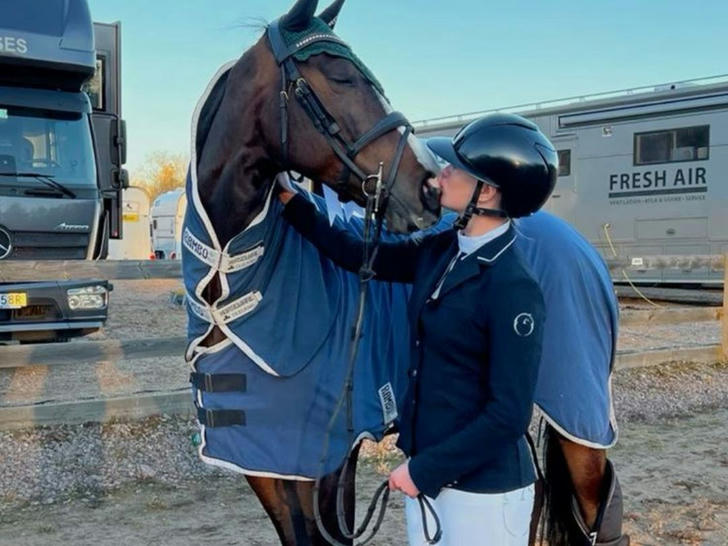
Understanding Horse Behavior
Basics of Equine Psychology
Horses are prey animals with natural instincts shaped by their environment. Understanding their herd mentality helps trainers communicate effectively. Horses respond best to clear cues, making it crucial to establish a language through consistent training.
Building Trust and Respect
Fostering trust starts with gentle handling and patience. Spend time with your horse in a calm environment. Use positive reinforcement, such as treats or praise, when your horse responds correctly to your cues. This builds a respectful relationship, essential for successful training.
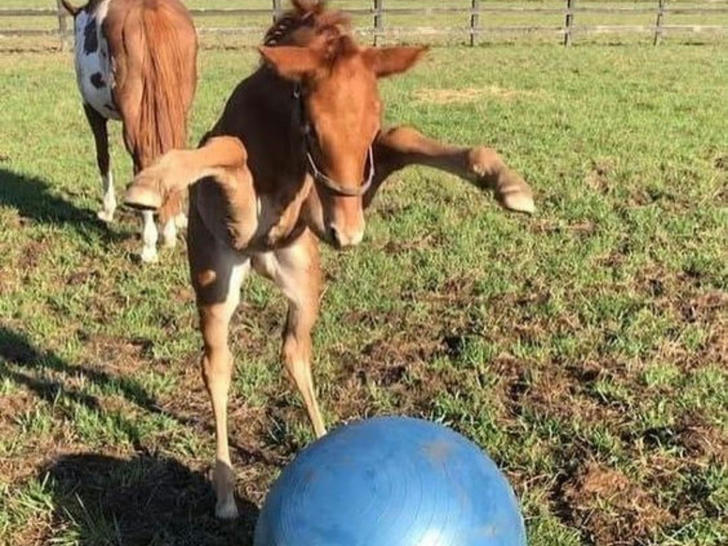
Basic Training Techniques
Groundwork Fundamentals
Groundwork is essential for establishing control and respect. Begin with basic exercises:
Leading: Use a halter and lead rope. Stand beside your horse's shoulder and gently pull to encourage movement. Reward with praise when the horse walks alongside you.
Haltering: Ensure the horse is calm before haltering. Approach from the front, use a soft voice, and reward them for standing still.
Yielding to Pressure: Apply gentle pressure on the horse’s shoulder. When they move away, release the pressure. This teaches the horse to respond to cues.
Lunging Techniques
Lunging is an effective way to build communication and improve fitness.
Step-by-Step Guide:
Equip the horse with a halter and long lunge line.
Stand at the horse’s shoulder, holding the lunge line.
Use body language—step back and point forward to encourage movement.
Gradually circle the horse, allowing them to move freely in a controlled manner.
Tips for Effective Lunging:
Use a round pen if available to help the horse stay focused.
Maintain a consistent pace; use voice commands like "walk," "trot," and "whoa."
Be aware of your body language; maintain a relaxed but assertive posture.
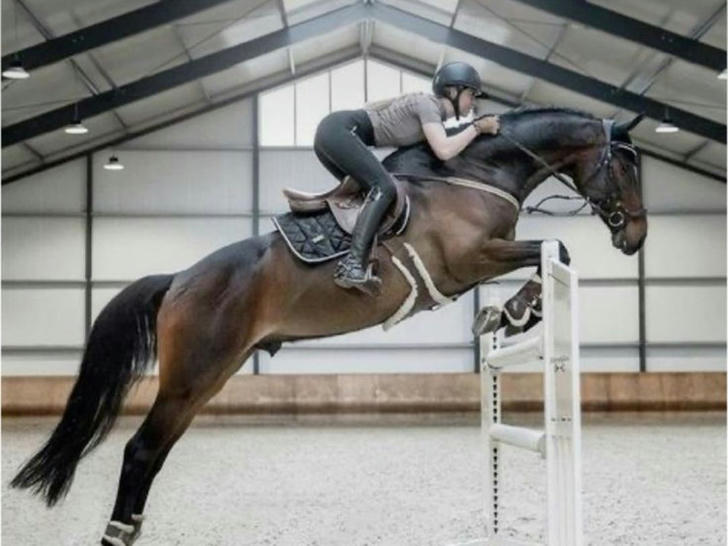
Training for Specific Skills
Riding Preparation
Before riding, it's crucial to desensitize the horse to equipment and movement.
Desensitizing Techniques:
Gently touch different areas of the horse’s body with a saddle pad and stirrups to help them adjust.
Gradually introduce the saddle, allowing the horse to become familiar with the weight.
Skill Development
Key skills to train include steering, stopping, and transitioning between gaits.
Steering:
Use your legs and hands simultaneously. Squeeze gently with your legs to signal turns while applying light pressure on the reins.
Stopping:
Teach your horse to stop by pulling gently back on the reins while sitting deep in the saddle. Reward the horse for responding.
Transitions:
To encourage smooth transitions, practice moving from walk to trot, then back to walk. Use voice commands and ensure you reward the horse for correct responses.
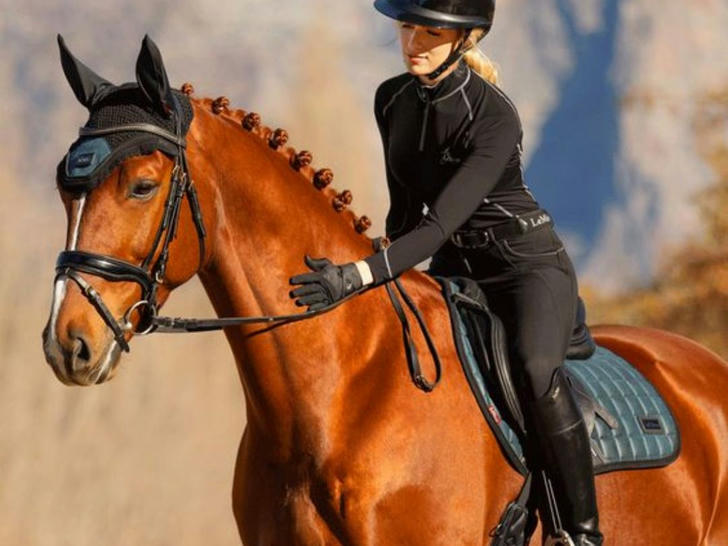
Common Challenges in Training
Behavioral Issues
Addressing problems like biting or kicking requires patience. If a horse bites, immediately show disapproval through body language without yelling. Redirect their energy with a different task.
Suggestions:
Implement a Positive Reinforcement Strategy: When your horse shows calm behavior, reward them with treats or verbal praise to reinforce good behavior.
Establish Clear Boundaries: Make sure the horse understands that certain behaviors, like biting, are unacceptable. Use consistent cues and corrections every time the behavior occurs.
Provide Structured Workouts: Ensure that the horse has enough physical and mental stimulation through structured workouts. Boredom can lead to undesirable behaviors.
Overcoming Training Plateaus
Recognize when your horse is no longer responding to training. Change your approach by varying exercises or introducing new challenges to keep them engaged.
Suggestions:
Change the Environment: Sometimes a simple change of scenery can re-energize your training sessions. Try different arenas or outdoor settings.
Incorporate Groundwork: If the horse is struggling under saddle, take a step back and work on groundwork exercises to reinforce the bond and improve communication.
Set Small Goals: Break down larger training goals into smaller, achievable milestones. Celebrate small victories to maintain motivation for both you and the horse.
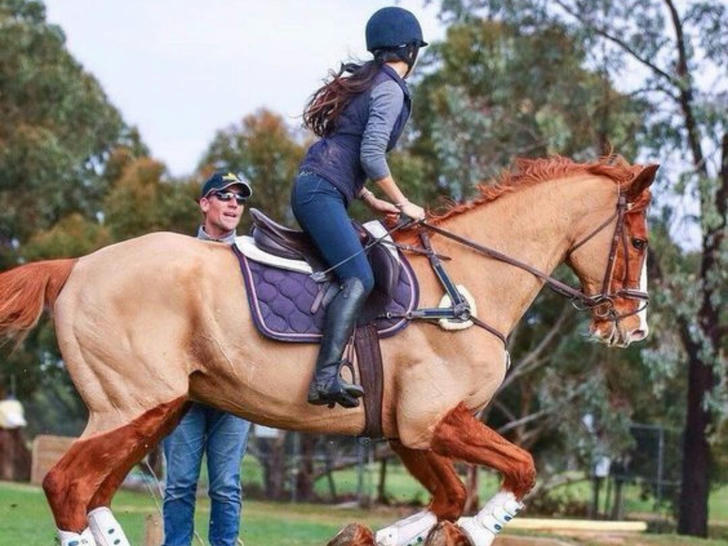
Maintaining Consistency and Progress
Importance of Routine
Establish a regular training schedule. Consistency helps the horse understand expectations, making training more effective.
Suggestions:
Create a Training Calendar: Design a weekly or monthly calendar outlining specific exercises and goals for each session. This helps in planning and tracking progress.
Vary Routine Within Structure: While maintaining a routine, incorporate variety within sessions. Mix groundwork with riding or introduce new obstacles to keep the horse engaged.
Accountability Partner: Work with another horse owner or trainer to keep each other accountable for training sessions. Sharing progress and challenges can provide new insights.
Monitoring Progress
Keep a training journal to track what works and what doesn’t. Adjust your techniques based on the horse's reactions, ensuring continuous improvement.
Suggestions:
Document Specific Details: Record each training session's activities, including the horse’s responses, any challenges encountered, and successful techniques. This helps identify patterns over time.
Set Review Dates: Schedule regular check-ins to assess overall progress. This could be monthly or quarterly, allowing you to adjust your training approach based on the horse's development.
Seek Feedback from Professionals: Occasionally consult with a professional trainer to get an outside perspective on your training methods and progress. They can offer tailored advice to help you and your horse advance.
By implementing these strategies, you can effectively navigate challenges and maintain a consistent training regimen, fostering a successful and fulfilling training experience for both you and your horse.
Conclusion
Effective horse training combines knowledge of behavior with practical techniques. By fostering trust, maintaining consistency, and addressing challenges, both horse and rider can enjoy a rewarding partnership. Approach training with patience, and watch your relationship with your horse flourish.
